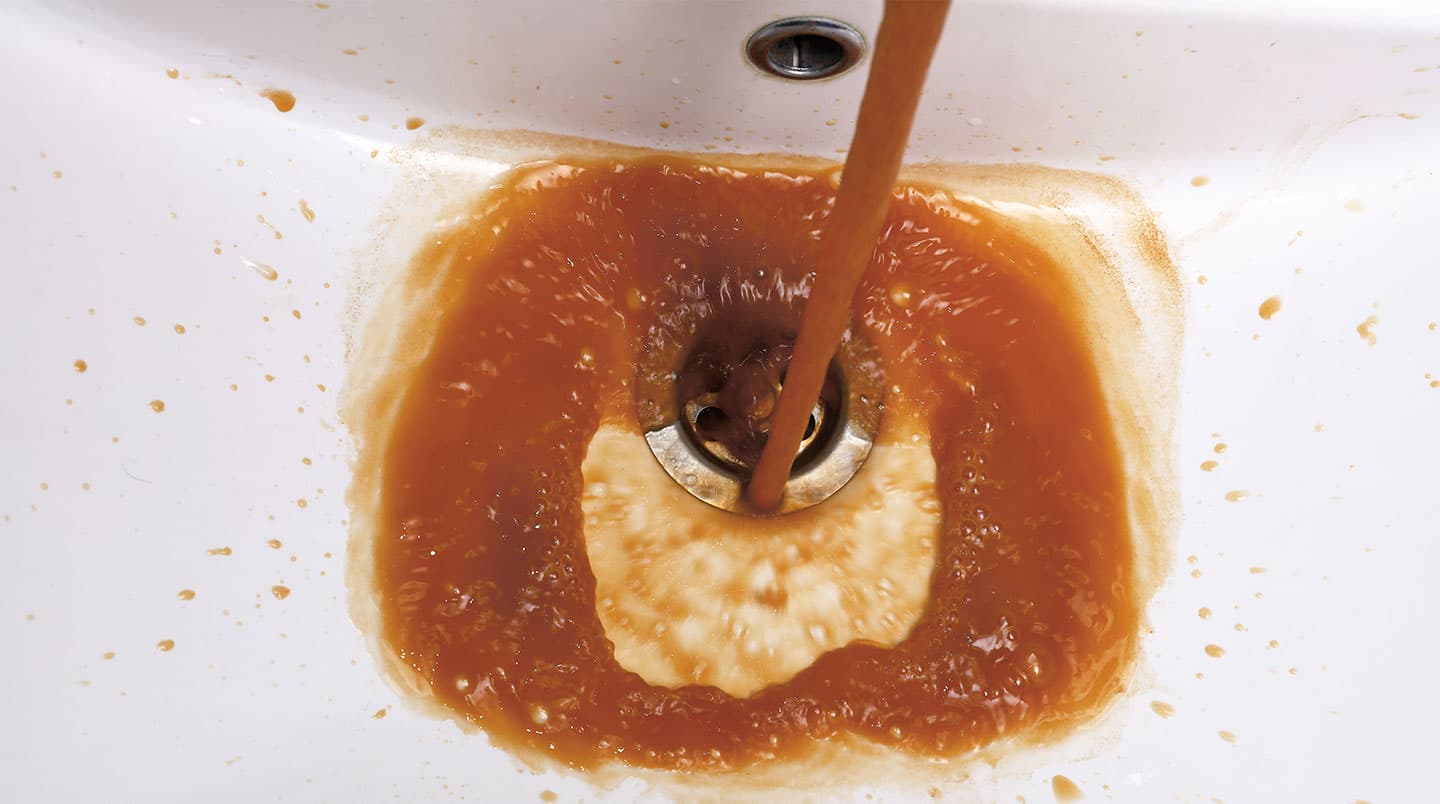In 2010, the United Nations General Assembly recognized the human right to water and sanitation and acknowledged that clean drinking water and sanitation are essential to the realization of all human rights. Unfortunately, that resolution has not become a reality. An estimated 2 billion people around the world still do not have access to clean and safe drinking water.
In the United States, more than 26 million people have contaminated water flowing from their faucets. Two million don't have access to modern plumbing or can't afford to keep their water running. And a new study from the USGS suggests that at least HALF of the drinking water in the US is contaminated with 'forever chemicals'. So what happened? And to who?

What Happened to the US Water Supply?
In the US, the responsibility for building, managing, and paying for water infrastructure systems has been left to local government. Across 50 states, there here are at least 148,000 public water systems, most of which are old, overwhelmed, failing, and dependent on local revenue to maintain. Water systems located in poor areas do not have money to upgrade, and nobody has stepped in to help. That is why we see so many poor and marginalized communities - often indigenous people and people of color - disproportionately impacted by water contamination.
Hopeful Steps 🤞🏽
During their first term in office, the Biden Administration has made several commitments and investments to address the drinking water infrastructure and contamination crisis in the United States. This includes increased study, monitoring, and regulation of 'forever chemicals' along with $5 billion to help communities that are on the frontlines of PFAS contamination to address their drinking water. It also includes $6.5 billion for states, Tribes, and territories to invest in essential drinking water infrastructure upgrades across the nation. Is it too little too late? Will it make a difference? Time will tell.



